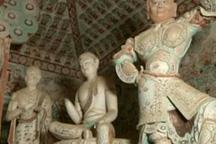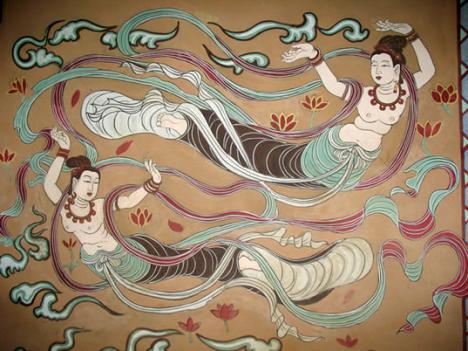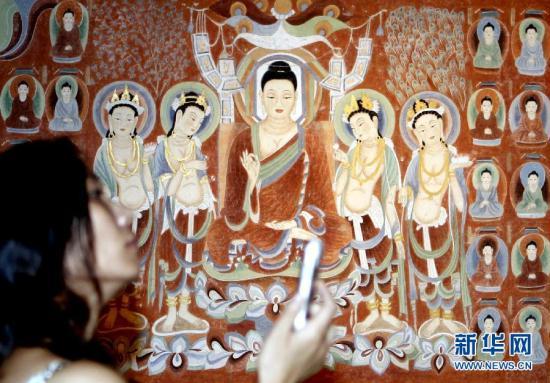Gigapixel camera captures murals in finer detail
CCTV 23 August 2013
Watch Video

 Play Video
Play Video
In addition to the multi-spectral imaging technique, other high-tech methods are also being employed in the research and preservation of cultural relics at Dunhuang. One of them is the Gigapixel camera. T
The future preservation of the murals in Dunhuang lies in digitization.
And the Gigapixel camera, with its resolution of 1.3 billion pixels, is one big step in the process.
This cutting edge technology makes it possible to photograph the grottoes in finer detail. It captures high-resolution, large-format images and resolves details not visible to the naked eye. And, the highly-detailed, three-dimensional images enable researchers to preserve these valuable cultural artifacts for future generations.
"This camera helps us build a digital archive of the cultural relics in Dunhuang. So that people can still appreciate the precious beauty of the relics and study their value hundreds of years later," said Sun Zhijun, deputy director of Digital Center of Dunhuang Academy.
It is a time-consuming project. So far, 52 caves and more than 10-thousand square meters of murals have been digitalized in Dunhuang. Sun’s team expects to capture all 147 of the main caves by 2015.
As a key stopover on the ancient Silk Road, the Dunhuang Mogao Grottoes in Northwest China's Gansu Province have major historical significance. Now, a new technique has been adopted to preserve the ancient murals in the caves. What's more, it can also help visitors see the murals in all their original glory.
 |
As a key stopover on the ancient Silk Road, the Dunhuang Mogao Grottoes in Northwest China's Gansu Province have major historical significance.
|
The ancient murals in the Dunhuang Mogao Grottoes are ageing like human beings. More than a thousand years since they were painted on the surface of the caves, many of them have become very hard to identify.
However, with the help of a multi-spectral imaging technique, the original colourful paintings can now easily be seen.
"We can't see any paintings on this wall, but by using the multi-spectral imaging technique, all the layers of paintings can be 'reproduced'," said Su Bomin, director of Conservation Institute of Dunhuang.
 |
As a key stopover on the ancient Silk Road, the Dunhuang Mogao Grottoes in Northwest China's Gansu Province have major historical significance.
|
Using this technique, archaeologists discovered several paintings featuring exquisite costumes.
This technique also helps researchers analyse the painting skills and characteristics of the murals.
The Dunhuang Mogao Grottoes are home to more than two thousand sculptures and 45-thousand square meters of murals across 735 caves. Hopefully the multi-spectral imaging technique will encourage the research and preservation of the unique site.
No comments:
Post a Comment